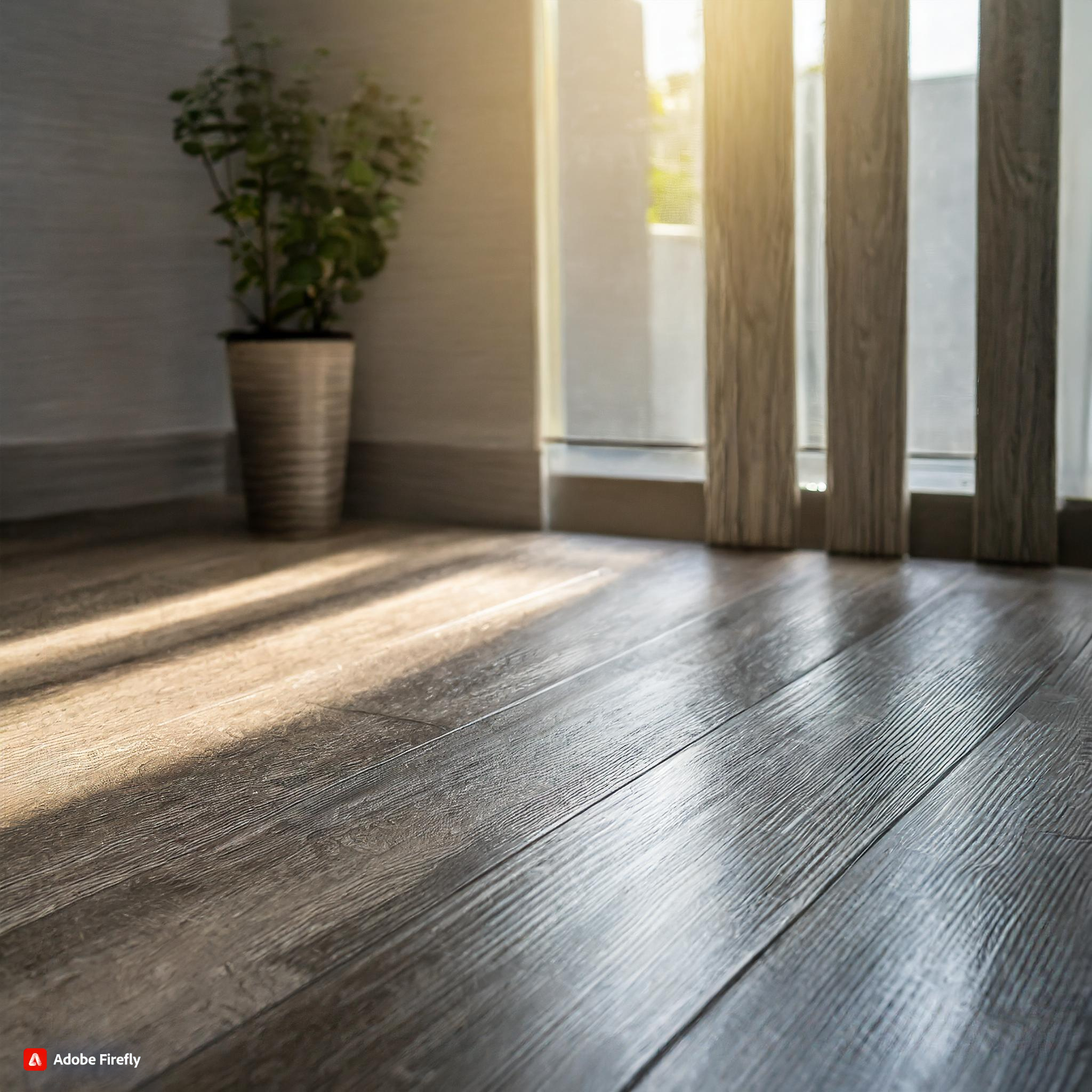
By Seth Gladden
Director of Marketing, Meridian Adhesives Group Flooring Division and Taylor Adhesives
SET: Understanding the types of adhesive “set” can make the difference between a perfect installation, or one that results in unnecessary challenges. The type of adhesive desired, as well as the set you want to achieve will be dependent on flooring types and installations. For example, in a healthcare environment where heavy rolling loads are common, it is important to avoid a soft-set adhesive. However, when installing modular carpet tile, a soft-set adhesive would be a better choice to allow for a releasable installation. The following definitions will help ensure your next project is on the path to success.
- Wet-Set: With a wet-set adhesive, flooring material must be installed while the adhesive is still wet to ensure a proper bond. This term is most commonly used with broadloom carpet, rubber, hardwood or ceramic tile flooring, however some other products, including resilient (modular and sheet) and esd (conductive) will allow for a wet-set adhesive. A wet-set installation usually means a permanent bond, as these will not release from the substrate or flooring product and will give you much higher sheer and peel strength.
- Semi-Wet Set: Typically the term semi-wet-set is used in reference to resilient flooring adhesives, and means that the adhesive begins to skin over prior to flooring installation. It is important to note that there needs to be wet adhesive underneath, allowing transfer to the flooring, resulting in a more aggressive bond than a traditional dry-set application.
- Dry-Set: To properly achieve a dry-set installation, the adhesive must be allowed to flash-off or become dry to the touch (with no transfer) prior to any flooring material being installed. This type of set is commonly used with resilient and modular carpet flooring installations that require pressure sensitive adhesives (PSA).
- Soft-Set: A soft-set flooring adhesive stays in a soft, pressure-sensitive state which allows for easier, lifetime modular flooring reposition/replacement installations. This type of adhesive is typically used in a “dry-set” installation, however, even though these two terms seem similar, they are not always interchangeable.
- Firm-Set: The adhesive will achieve a partial or hybrid transition, starting with the benefits of a PSA and leading to many of the benefits of a hard-set adhesive.
- Hard-Set: The adhesive will fully crosslink or set-up, resulting in a product that will not indent or disperse, even when exposed to heavy rolling loads. Often, these are able to not only withstand high moisture, but can also protect flooring from moisture damage. Always check the product documentation to verify moisture tolerance vs barrier (see Part I).
TRAFFIC: Knowing the needs of the customer helps in choosing the right adhesive for a flooring installation and achieve the ultimate goal of getting them into their space as soon as possible. A solid understanding of the meaning behind traffic times is critical for a successful installation and will help set clear expectations, minimize callbacks and increase customer satisfaction. If traffic is allowed on the flooring prior to the published times listed on the adhesive, it can lead to flooring failure (slippage, movement, indentation and adhesive displacement) and client frustration due to callbacks, delays, aesthetics and safety. If the client needs to access a space faster than the adhesive allows, contact the adhesive manufacturers technical department and ask for a job-specific warranty exception, or consider choosing a different product.
- Light Traffic: The light traffic designation dictates when an area can be opened back up for common foot traffic in low to moderately accessed areas (this does not include hallways or other high-traffic areas). Often light traffic is allowed much sooner than other types of traffic, and for good reason. If an adhesive has not been allowed the proper time to fully cure or crosslink, the wrong types of traffic could allow slippage, movement, indentation, adhesive displacement, telegraphing, peaking, gapping and other issues.
- Heavy Traffic: This is when an area can be opened back up for all types of foot traffic, as well as normal activity use (including rolling desk chairs, mail carts, light office equipment, vacuuming, etc.). Think of heavy traffic as most anything that happens in residential, multi-family, main-street (moderate) commercial, corporate, education and hospitality markets. If you ever have a question about something specific, always contact the adhesive and flooring manufacturer to make sure you are using the right products.
- Heavy Rolling Loads: An area can be exposed to extreme levels of use including Hilrom (hospital) beds, gondola shelving (retail), medical equipment (mobile x-ray units, etc.). NOTE: It is extremely important to ensure that the adhesive and flooring products used can handle heavy rolling loads before using it in an area that requires these types of traffic. Heavy rolling loads are typically seen in what is considered heavy commercial markets including healthcare, long-term care and retail.
SOUND: As one of the five senses, sound is an extremely important aspect when it comes to the flooring industry. Often, our daily quality of life revolves heavily around sound, or lack thereof. Everything from being able to concentrate at work, school, getting enough sleep or just relaxing revolve around the acoustic atmosphere we are exposed to. If everything goes right, our interior environment is designed to block or minimize the sounds present around us on a daily basis. This holds especially true in the multi-family and hospitality markets as having shared walls, and floors, can make or break the experience of the inhabitants. Understanding the below terms is important for anyone that works in these markets in order to achieve the specified or desired sound ratings.
- STC (Sound Transmission Class): This is the rating (or measurement) determining how well a product (as part of a floor/ceiling assembly) resists (or blocks) the transmission of airborne sounds. These include speaking, music, television, dog barking and other commonly heard sounds. The higher the number, the better it will block unwanted noise. The Uniform Building Code (UBC) requires a minimum STC of 50 for dwelling units (including hotels), although many clients have higher standards.
- IIC (Impact Insulation Class): Sometimes referred to as Impact Isolation Class, this is a rating (or measurement) determining how well a product (as part of a floor/ceiling assembly) resists (or blocks) the transmission of structure-borne (impact) sounds. These are typically defined as footsteps, furniture movement, etc. The higher the number, the better it will block unwanted noise. The Uniform Building Code (UBC) requires hotels/motels and multi-family units/buildings to meet a minimum number of 50 (or 45 if tested in the field).
- ∆ (delta) IIC: This is a rating (measurement) that determines how much a specific product effects the IIC of a specific assembly. The higher the number, the better the end result, leading to quieter floors. For flooring adhesives, an IIC number includes the entire assembly (ex. 6” concrete overlaid with adhesive and flooring, with a suspended gypsum ceiling). The difference with the delta IIC is that it factors out all parts of the assembly expect one (for our purposes, the flooring adhesive itself). This can often be a better gauge of the success of your assembly without having to test each parameter (due to the cost of proper testing).
Clearly there are a lot of industry terms related to flooring adhesives and we still have quite a few to explain in Part IV. Remember anytime you have a flooring adhesive question, reach out to the manufacturer or an industry partner like CFI, INSTALL, IUPAT, or NWFA as they are always eager to help.


